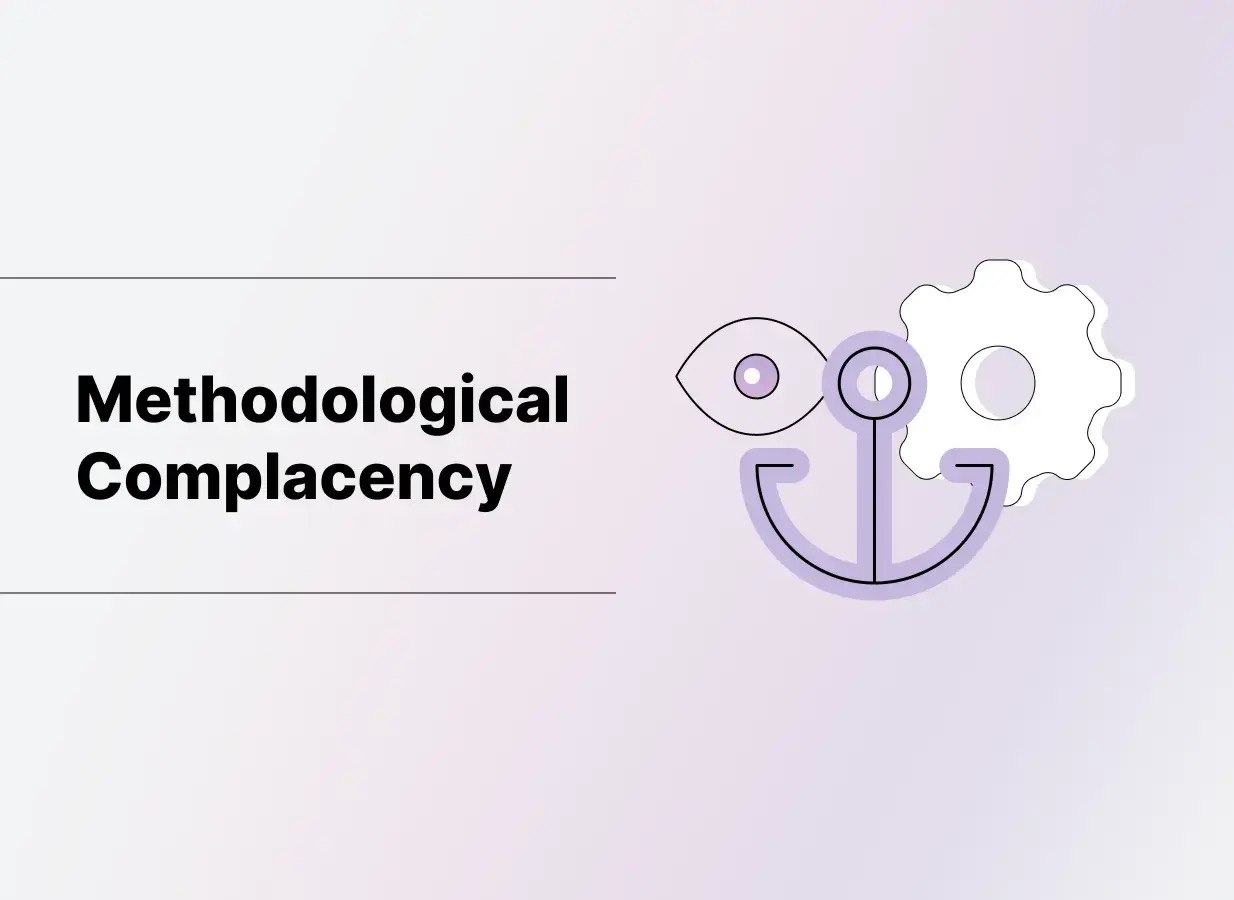
Avoiding Complacency: Essential Tips for Accurate Electrical Estimating
Experienced estimators know the value of thorough preparation and continuous growth. Reading specifications efficiently, visualizing project needs in 3D, and forecasting budgets with precision are marks of mastery developed over many projects. These skills are invaluable, but even seasoned professionals can benefit from taking a step back and reassessing their habits. Staying sharp requires not just experience, but an openness to improvement and a willingness to explore new approaches. Complacency, no matter how well-earned, is something we all need to watch for so that excellence remains the standard.
Table of Сontents
- Overconfidence and Errors
- Missed Opportunities
- If You’re Not Growing, You’re Dying
- Getting Out of Complacency
Overconfidence and Errors
Even experienced estimators can encounter challenges when confidence turns into complacency. For example, a quote that seems unusually competitive might initially appear to be an advantage—but without careful review, important details can be missed. Sometimes, a trusted vendor may overlook part of the scope, and only a diligent double-check brings the error to light.
No matter how many projects you’ve completed, overconfidence can lead to small miscalculations or missed steps, quickly impacting project outcomes. The most successful estimators pair their expertise with a habit of thoroughness and humility. Double-checking numbers, seeking peer reviews, and verifying vendor quotes ensures accuracy and builds trust. Learning from minor mistakes strengthens future estimates and supports long-term professional growth.
Staying proactive—by using systematic approaches, reviewing all documentation, and embracing continuous improvement—helps even the most skilled estimators avoid costly errors and deliver their best work every time.
Missed Opportunities
Complacency can sometimes create blind spots in long-standing client relationships. Strong partnerships built over time are a major asset, but it’s important to stay attentive and proactive with every client, regardless of history. When communication slows or project invitations go unanswered, valuable opportunities may be lost and trusted clients may start feeling neglected.
Successful contractors distinguish themselves by regularly checking in, promptly responding to messages, and following up after projects. Even small gestures—like sharing industry insights or addressing questions quickly—reinforce the value provided and show genuine commitment. This attentive approach keeps relationships strong, helps uncover new business possibilities, and positions your firm as both reliable and engaged.
In competitive markets, consistently delivering high-quality service and personalized communication ensures clients feel respected and appreciated. Nurturing each relationship, no matter how established, is key to client retention and long-term growth in the electrical industry.
If You’re Not Growing, You’re Dying
Complacency can stall progress, leaving professionals operating on autopilot rather than seeking new opportunities for growth. Whether with clients, vendors, or personal skillsets, maintaining forward momentum is essential in the ever-evolving electrical industry. Lasting success comes from embracing change and actively pursuing opportunities to adapt and improve.
In recent years, rapid advancements in estimating software have transformed how electrical professionals work. Automation and AI are creating more accurate, efficient workflows, replacing manual takeoffs with cloud-based and collaborative tools that optimize both time and resources. Staying up to date with these innovations means estimators can deliver value more quickly, respond to shifting client needs, and catch errors before they impact projects.
Industry leaders recognize that growth involves ongoing learning and technology adoption. By leveraging digital solutions like onscreen takeoff systems and AI-driven platforms, estimators position themselves—and their firms—to outperform competitors and handle increasing project complexity with confidence.
Getting Out of Complacency
Advances in onscreen takeoff software have made accurate, efficient estimating more accessible than ever. For those not yet using digital takeoff tools, transitioning is straightforward—most platforms are designed for quick learning and intuitive use, helping estimators improve accuracy and minimize manual errors right away. Embracing these technologies isn’t just about keeping up; many competitors have already integrated them into their workflows, raising industry standards for speed and precision.
AI-based estimating platforms, like Drawer AI, represent the cutting edge in electrical project management. Drawer AI’s automated solutions instantly quantify devices and fixtures from PDF drawings, optimize branch circuitry routes, and automate wire sizing calculations—all within a cloud-based, collaborative environment. These tools allow estimators to deliver bids faster and with greater confidence, freeing up time for strategic planning. With continual advancements and proven ROI across many contractors, adopting AI-driven estimating is a practical way to stay ahead.
If you prefer a more interactive format, you can also register for an upcoming Drawer AI webinar or book a personalized demo to see how top estimators are already using AI to stay sharp and avoid complacency.


